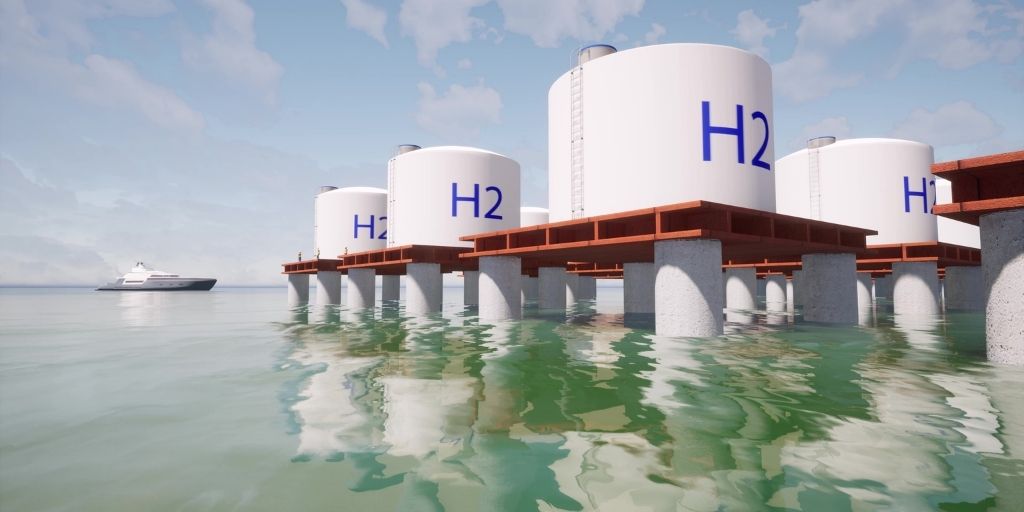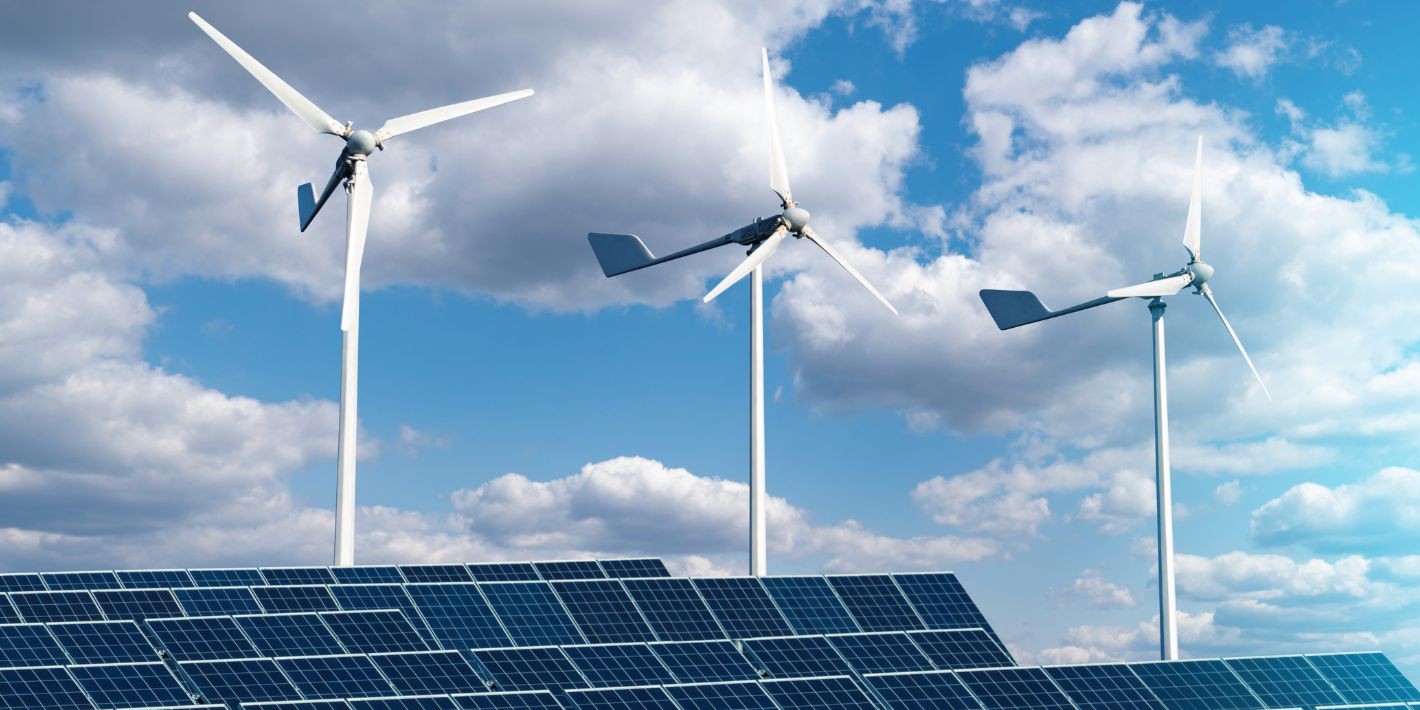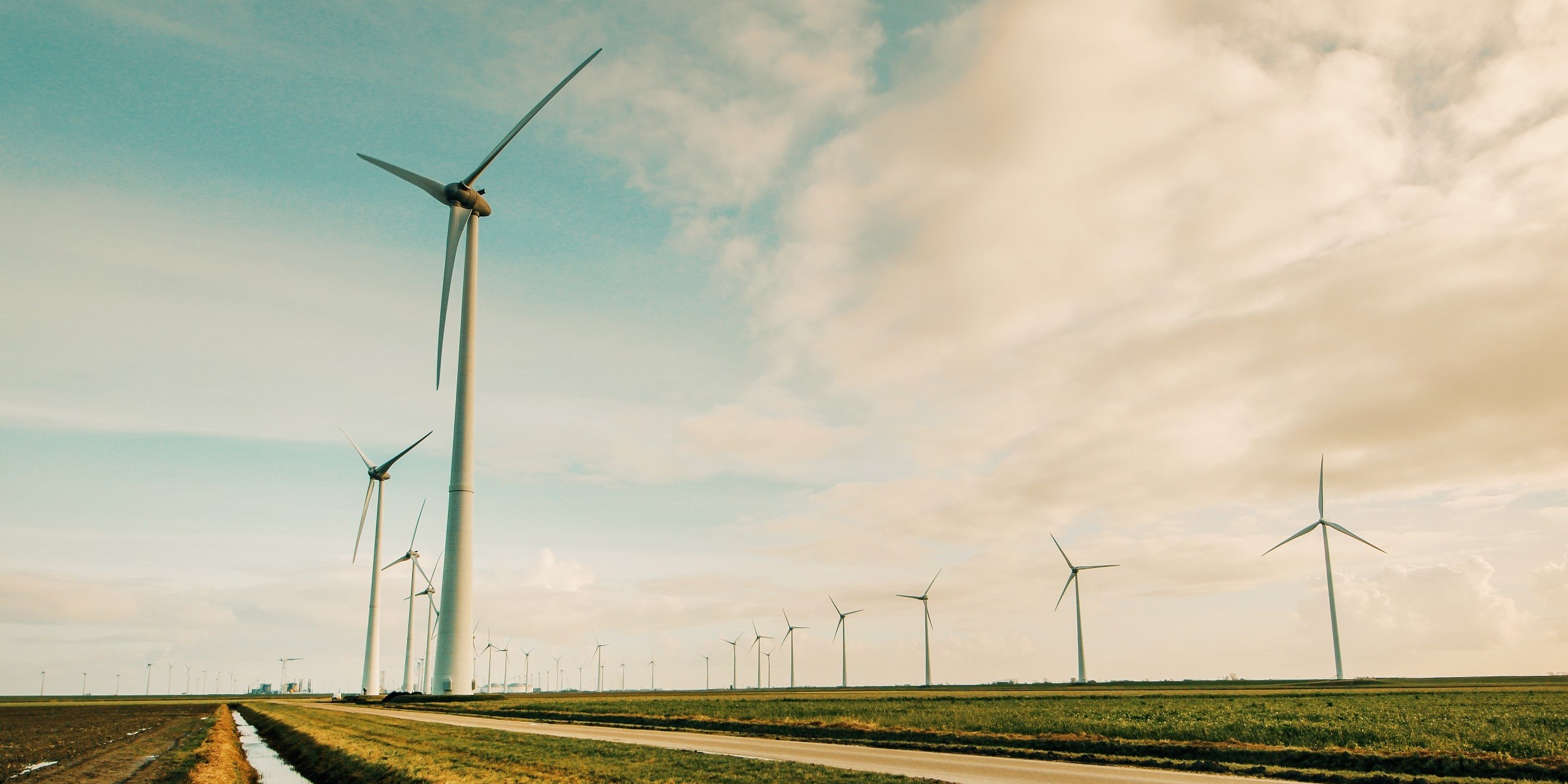Report
The UK Green Growth Index
During this critical year there is a need to ensure that actions coming out of COP26, as well as other government climate policies, are relevant to all the UK’s nations and regions.
For this second phase of Lloyds Banking Group’s research with Oxford Economics they look at how different parts of the UK could be impacted by the challenges and opportunities that will emerge from the net zero transition.
The report notes that Northern Ireland faces challenges in the transition to net zero given its heavy dependence on jobs in carbon intensive sectors. There is also a strong need to reduce emissions from businesses, households, and transport.
However, there are opportunities for Northern Ireland – it already has a solid base of green economy activity upon which to build and the energy sector could provide an important source of new jobs in the coming decades. But in order to realise its green economy potential Northern Ireland will need to further develop its skills base and increase investment in innovation.
The green economy accounts for 5,000 jobs in Northern Ireland. This means that the current share of jobs in the green economy is broadly in line with the UK average and should provide a solid base for further growth. Within the green economy, particular specialisms include low emissions vehicles and low carbon heat, within which Northern Ireland contributes 8% and 4% of the UK total, respectively.
There is further potential for employment growth in the energy sector to support the net zero transition. Despite a high dependence on jobs in high emitting sectors, the proportion of Northern Ireland’s jobs requiring upskilling for the net zero economy is relatively low.
Northern Ireland generates almost 50% of its electricity from renewable sources, mainly from onshore wind for which it is second only to Scotland in terms of installed capacity. The net zero transition will require an estimated 13,000 energy-related jobs in Northern Ireland.
But Northern Ireland has the highest household carbon emissions for its population size of all UK nations and regions. We account for 3% of the UK population but produce 4% of total UK CO2 emissions.




